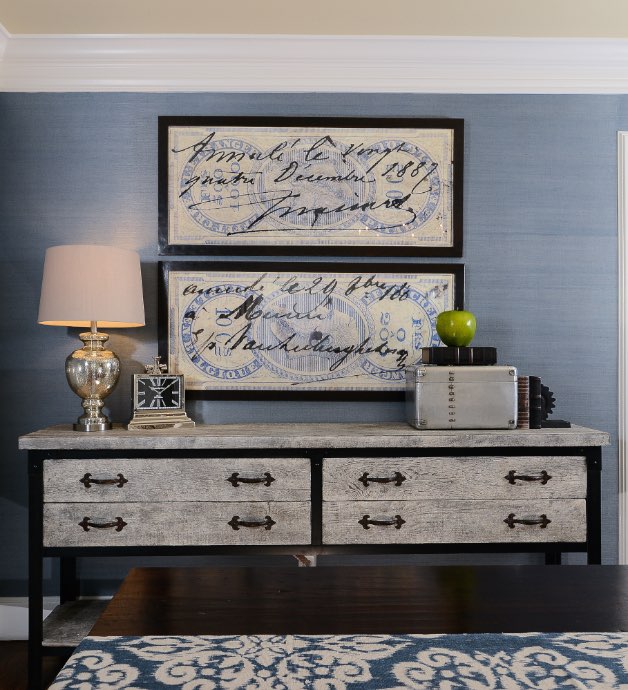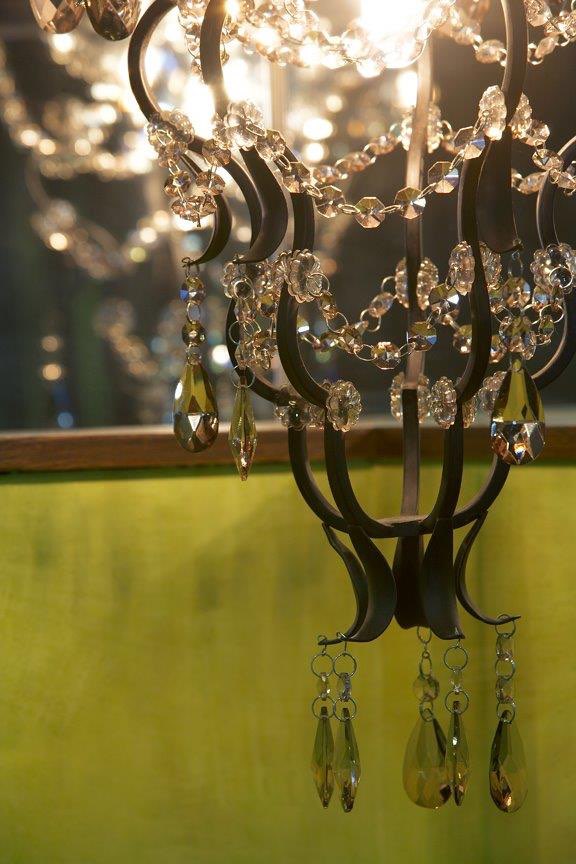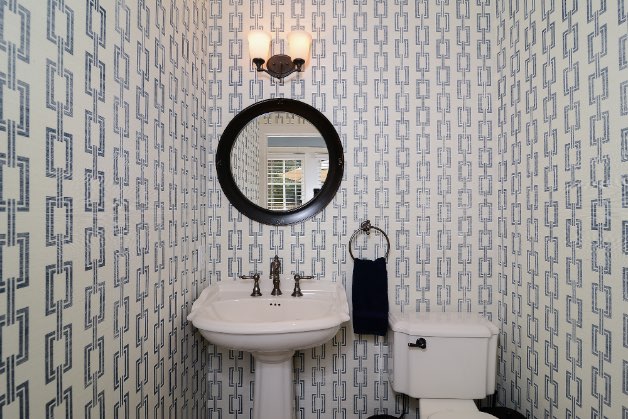Interior Elements
Oct 30, 2014 01:18PM ● By Kerrie Kelly
The wall treatment you choose can enhance your design choices in a way that no other single element can. Before you begin, think about the basics of the room—the quality of the light, the room’s proportions, any architectural features you want to emphasize or downplay, and the furniture and fabrics you plan to use. Color, texture and trim all play a role in how your wall treatment works. Consider how you can use a range of surfaces and hues to enhance every room throughout your home.



Kerrie L. Kelly is an award-winning interior designer, author and multimedia consultant. She has authored two books: ‘Home Décor: A Sunset Design Guide,’ published by Oxmoor House, and the newly released ‘My Interior Design Kit,’ with Pearson Professional and Career Education. To contact her, visit kerriekelly.com or call 916-919-3023.

1/SMOOTH
Smooth wall finishes are the most labor intensive and expensive, but also beautiful. There are two types of flat wall finishes: one for a standard paint treatment, which leaves a slight pebble finish; and one that is smoother, for wallpaper and many custom faux paint finishes, such as metallic, candlelit and suede. A smooth finish is best for kitchens and bathrooms.2/SKIP TROWEL
Skip-trowel texture offers a more refined look under paint and is meant to add dimension to the finished look of the walls. This treatment is the most forgiving of drywall imperfections. A variety of textures can be created with any number of things: paint rollers, trowels with different notches, whisk brooms, ropes and sea sponges.3/ORANGE PEEL
Orange peel is the term generally used to describe a “generic” texture that’s good for hiding simple defects and is a good choice for any paint job. Splatter drag is a rougher, less-detailed variation of orange peel, with many peaks and valleys that help add contrast to the paint finish.4/TRADITIONAL PLASTER
On existing plaster walls, a fresh coat of plaster has always been the way to smooth out a bumpy or damaged finish. Traditional three-coat plaster jobs consist of a scratch coat, a brown coat and a finish coat. The finish can be smooth or textured. Plasters may also be tinted before they’re applied.
5/VENETIAN PLASTER
Three or four razor-thin layers of plaster form a beautifully polished finish with an impressive richness and deepness that’s often described as “burnished.”6/PAINT
Traditional flat finishes add style to a room in a relatively easy manner. We love how flat finishes absorb light, which accentuates the beauty and drama of deep, rich color. But an expanse of solid color may not be what you’re looking for. Decorative effects with subtle color variations can add depth and life to a room. The techniques for decorative painting are numerous and varied. Color washing uses layers of paint to achieve a rich patina. Sponging, ragging and combing use household objects to apply or manipulate wet paints; while dragging and stippling utilize dry brushes to achieve the effect. By stenciling and stamping, you can add graphic patterns to the wall.
7/WALLPAPER
Wallpaper is wonderfully versatile and extremely popular. It comes in a wide assortment of patterns, from stripes and florals to abstracts and geometrics. It’s a classic choice for a traditional room, but new designs can also work well in a contemporary space. The many textures include grass papers, textured vinyls, flocked finishes and embossed designs.Kerrie L. Kelly is an award-winning interior designer, author and multimedia consultant. She has authored two books: ‘Home Décor: A Sunset Design Guide,’ published by Oxmoor House, and the newly released ‘My Interior Design Kit,’ with Pearson Professional and Career Education. To contact her, visit kerriekelly.com or call 916-919-3023.

